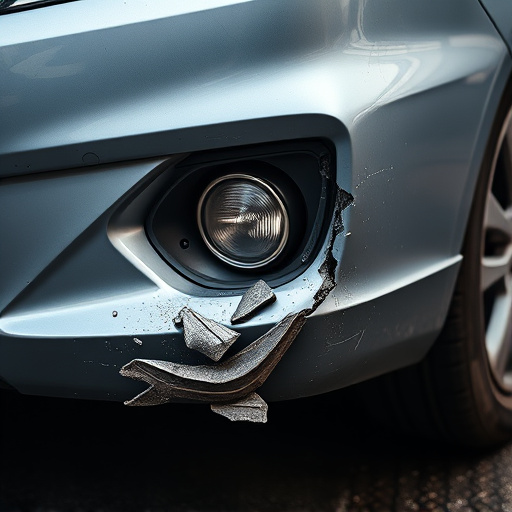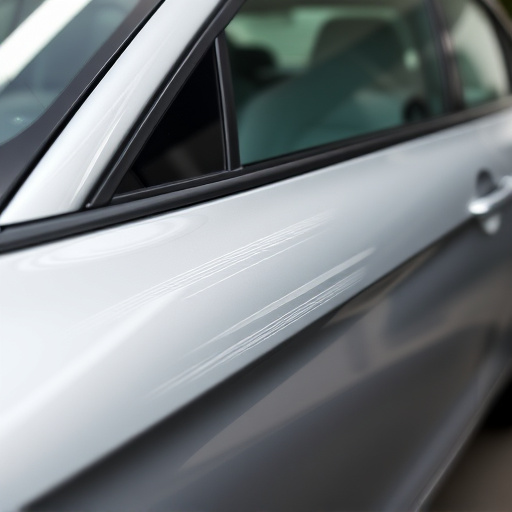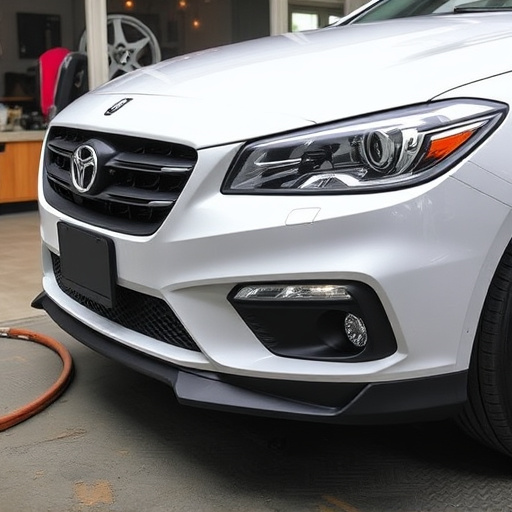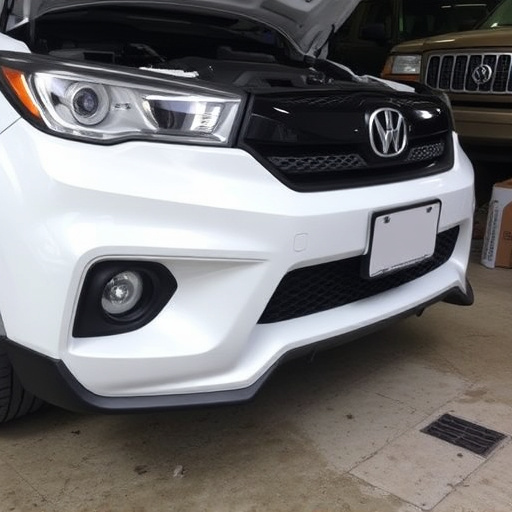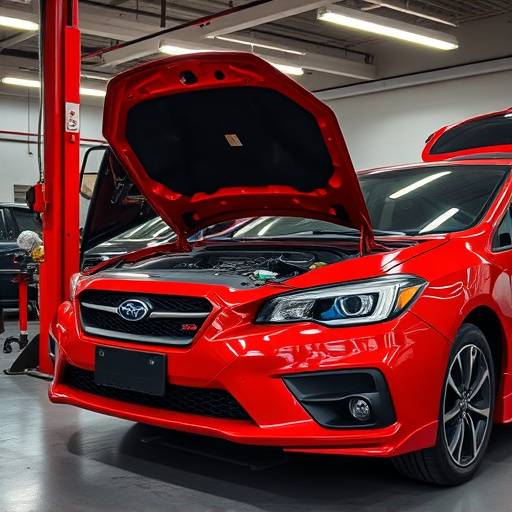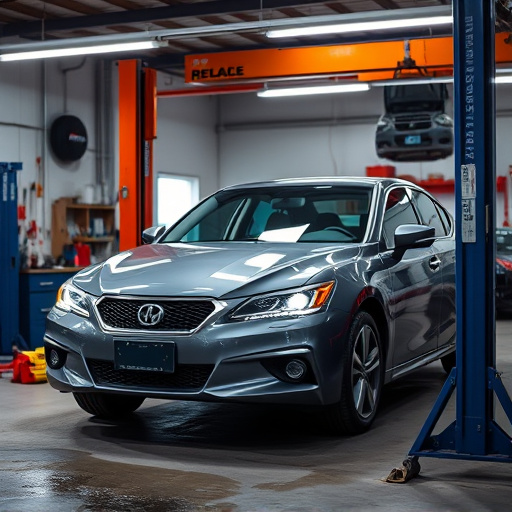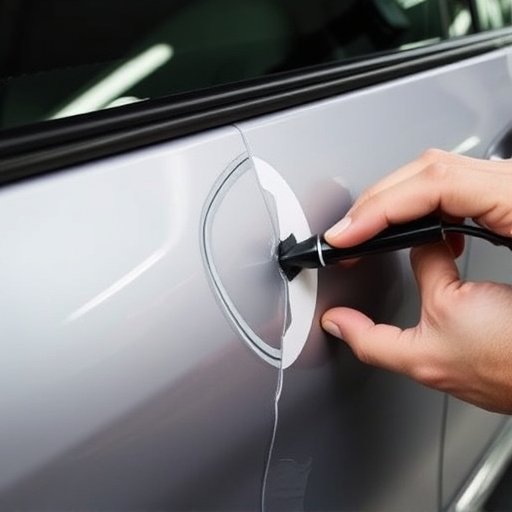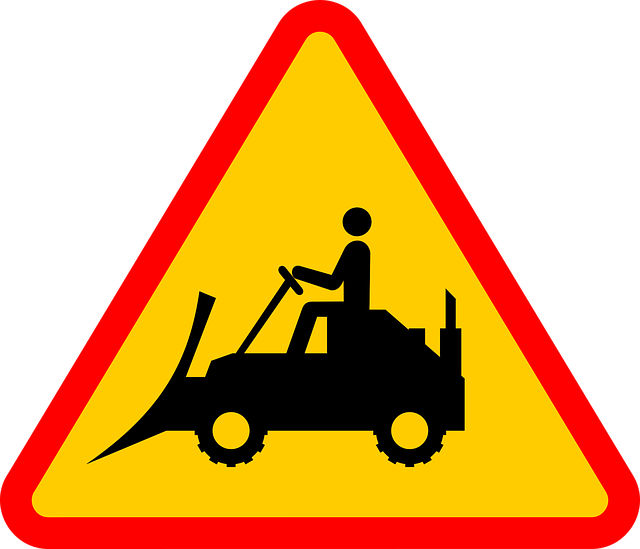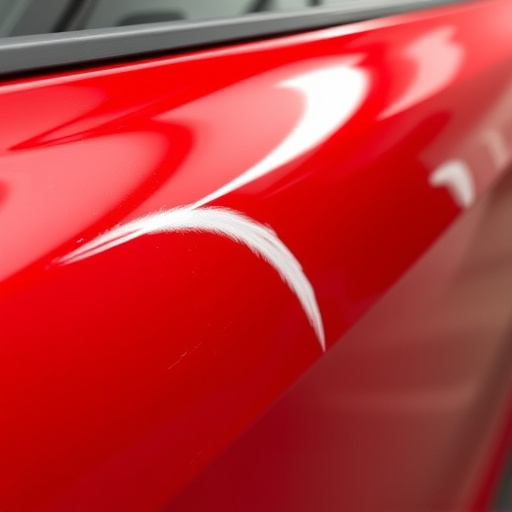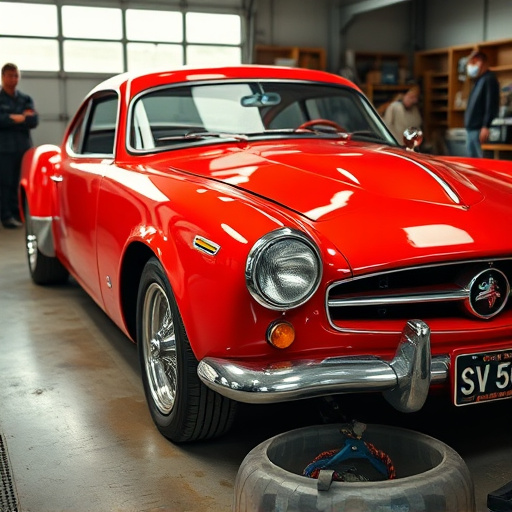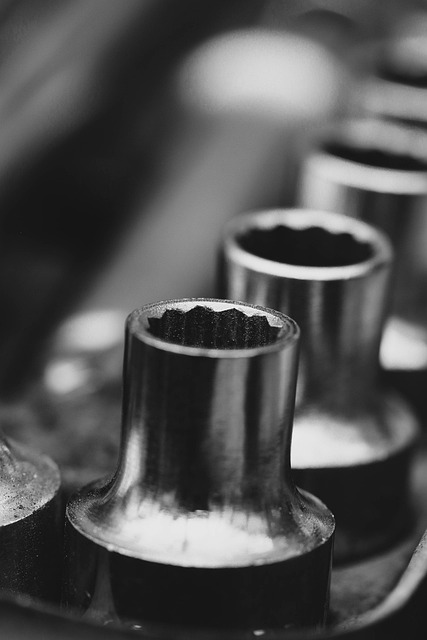MIG welding collision repair revolutionizes auto body work with precision, efficiency, and strength. This method uses Metal Inert Gas (MIG) welders to quickly fuse metal parts, offering clean, consistent solutions for complex repairs like hail damage, dent removal, and body frame fixes. By minimizing repair times, enhancing structural integrity, and enabling prompt vehicle re-entry, MIG welding becomes the preferred choice for car body shops. Best practices involve thorough surface preparation, proper alignment, selection of wire speed, voltage, gas mixture, and steady welding angle to achieve high-quality, durable welds.
In the realm of vehicle repairs, MIG (Metal Inert Gas) welding has emerged as a game-changer. This advanced technique plays a pivotal role in ensuring robust and precise structural integrity during collision repair processes. By understanding the fundamentals of MIG welding for collision repair, we uncover its myriad advantages, from enhancing structural strength to streamlining work efficiency. This article delves into these aspects, offering insights on best practices to master MIG welding techniques for optimal vehicle restoration.
- Understanding MIG Welding for Collision Repair
- Advantages of MIG Welding in Vehicle Repairs
- Best Practices for Efficient MIG Welding Techniques
Understanding MIG Welding for Collision Repair

MIG welding collision repair has emerged as a game-changer in the automotive industry, revolutionizing how auto body shops handle vehicle collision repairs. This advanced technique utilizes a Metal Inert Gas (MIG) welder to fuse metal components with precision and speed. Unlike traditional welding methods, MIG welding offers unparalleled accuracy, enabling repair technicians to seamlessly mend complex car dent repairs and restore vehicles to their pre-accident condition.
In the realm of vehicle collision repair, where every detail matters, MIG welding provides a clean, consistent, and efficient solution. It allows for precise control over weld parameters, ensuring robust bonds that match the structural integrity of the original components. This level of precision is particularly crucial when addressing intricate panel replacements or complex body frame repairs, ensuring the safety and reliability of the restored vehicle.
Advantages of MIG Welding in Vehicle Repairs
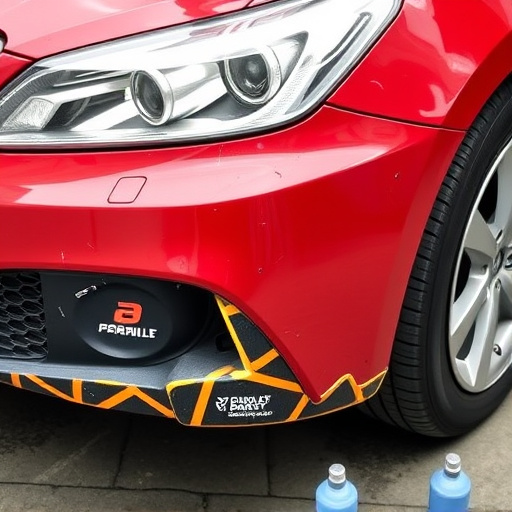
MIG welding collision repair offers several significant advantages in vehicle repairs, making it a preferred method for many car body shops. Its precision and versatility allow for detailed work, ensuring that even intricate or complex repairs are executed with accuracy. This technique is particularly invaluable when addressing hail damage repair or dent repair, where the goal is to restore the car’s original condition seamlessly.
The efficiency of MIG welding is another key benefit. It enables faster repair times compared to traditional methods, which can be crucial in getting vehicles back on the road promptly. Moreover, it produces strong and durable bonds, enhancing structural integrity and ensuring long-lasting repairs, even in the face of challenging conditions like dent repair or body reconstruction.
Best Practices for Efficient MIG Welding Techniques
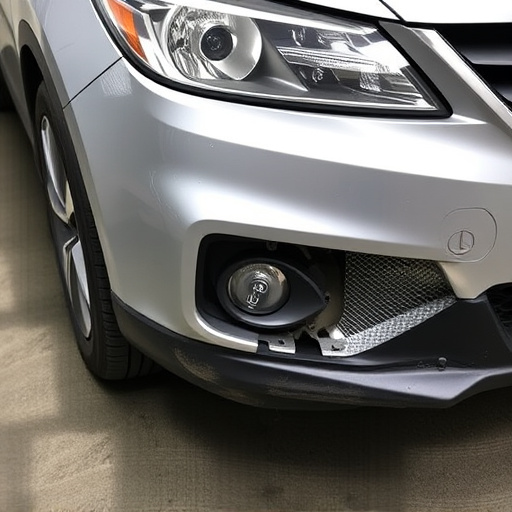
In MIG welding collision repair, efficient techniques are paramount to ensure high-quality, precise results. Best practices begin with preparing the metal surface thoroughly before welding—removing any debris, rust, or contaminants is crucial as these can negatively impact fusion and create weak points in the final repair. Using clean, properly aligned panels also facilitates smoother welds.
Next, selecting the right wire speed, voltage, and gas mixture for the specific metal type and thickness is essential. Correct settings allow for consistent arc stability, minimizing spatters and burn-throughs while maximizing penetration depth. Additionally, maintaining a steady welding angle and distance ensures even heat input, resulting in stronger bonds and minimal distortion of the vehicle body repair or car scratch repair. Skilled technicians know that constant practice and adherence to these guidelines are key to mastering MIG welding techniques for both minor touch-ups and complex car body shop repairs.
MIG welding collision repair stands out as a game-changer in vehicle repairs, offering precise and efficient joining of metal components. By understanding its techniques, leveraging its advantages, and adhering to best practices, professionals can ensure robust repairs that enhance safety and vehicle longevity. This specialized method is an indispensable tool for navigating the intricate landscape of modern automotive restoration.
